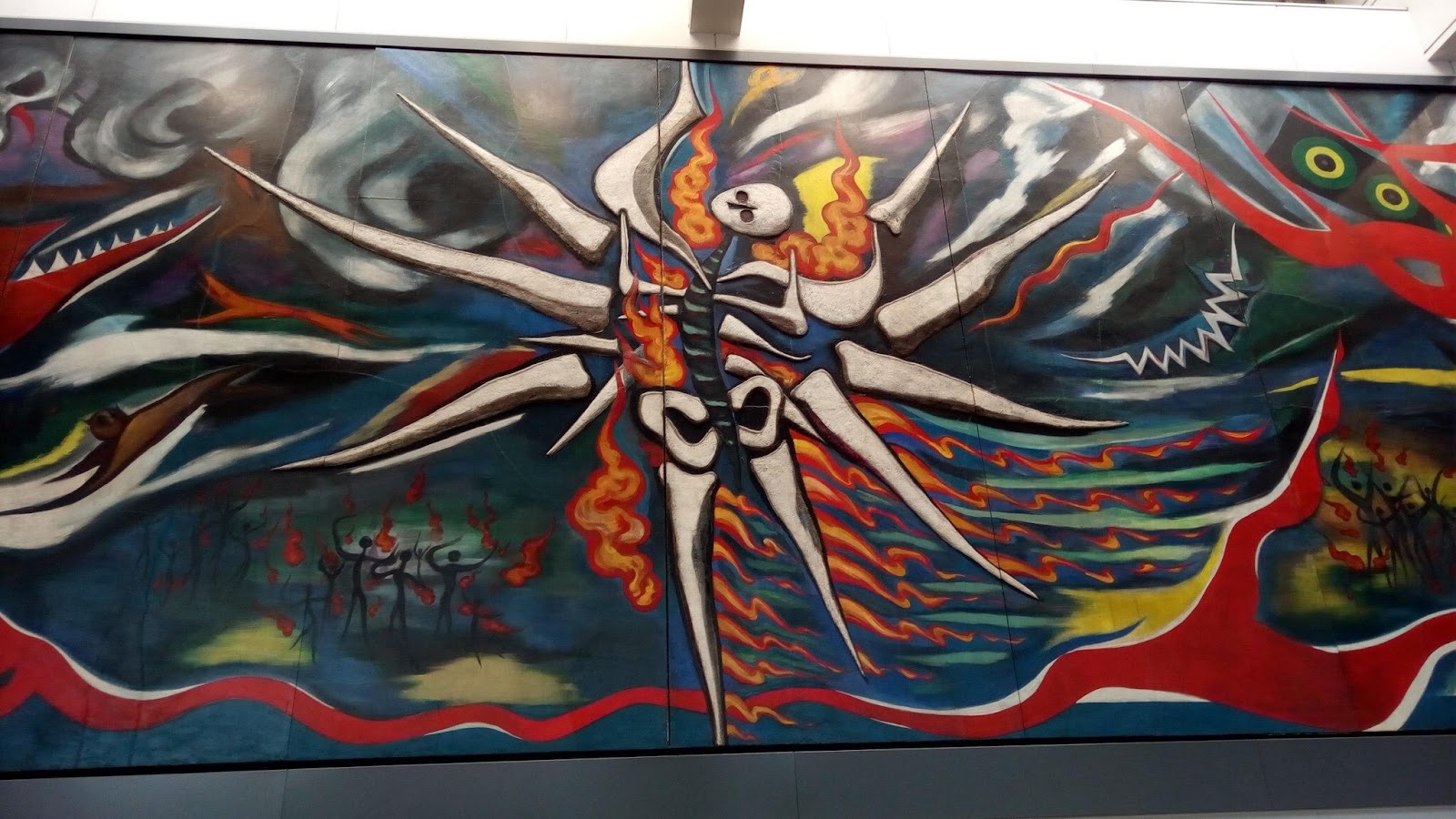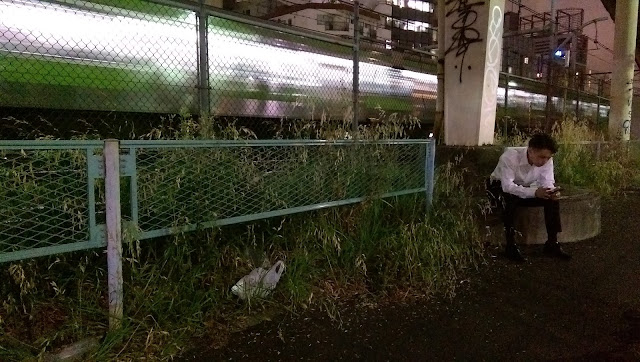Written by Stella and Shawn
What we expected before we arrived in Japan…
Before our departure, we had a lot of discussion on the street arts. We were expecting to see various graffiti, especially to see the one that can represent Japanese culture the most. In our presentation, we found a lot of photographs that we thought that we might see in Japan.
 |
| What we expected to see in Japan |
What and why is public art?
Public art refers to any artistic works that are displayed in public places such as subway stations and parks. We tended to explore the unique Japanese graffiti, however, after discussing with our host families, we were told that many of them were removed because of the upcoming 2020 summer Olympics in Tokyo. Due to our busy schedule, we are sorry that we did not have a chance to explore the remaining street arts.Therefore we noticed the art pieces shown in the Shibuya station, and with a chance of travelling to Yokohama and some places in Tokyo, we collected some artworks that are related to the history of Japan and contemporary Japanese social idealism.
The Myth of Tomorrow (明日の神話) by Taro Okamoto (岡本太郎)


At first, we searched for some graffitis and paintings online to see where we could find some nice paintings. Then we found a catchy photo on Google that really caught us attention. Consequently, we went to find this painting before writing this blog. This painting is located in the Shibuya station, and we found this amazing painting while we walked through pedestrian walk linking the JR Yamanote and Keio Inokashira lines. Out of our curiosity, once again, we searched on the Internet and wanted to find out the meaning behind this massive painting. This painting was created by the Japanese artist, Taro Okamoto. Okamoto painted this incredible piece as a rethink of the atomic bombings in Hiroshima and Nagasaki during the WWII and reflects the ideologies of anti-war in the contemporary Japan. This searching result perfectly matches our anticipation, which is Japanese public/street paintings usually has an inherent meaning behind them. As this painting surprised us by its deep meaning, we also learned something new from another painting in Yokohama.
Constellation (星座) by Ikuo Hirayama (平山郁夫)
This glass painting is located in the Pacifico Yokohama Convention Center. I (Stella) visited the convention center with my host family while travelling to Yokohama, and was shocked by its beauty. The artwork itself was introduced in remembrance of the Perry Expedition and the opening of the Yokohama Port, which impelled the government to end the sea ban policy and trade with foreign countries, and finally became the starting point of the modern Japan. The painting itself is what the night sky looked like on June 2, 1859, the day of opening of the Port Yokohama and shows the prospects of Japanese people for the future.
Even though we did not find the street arts (graffitis) that we were expecting to see, we still met these masterpieces. Through the process of learning the backgrounds of these paintings, we really appreciated the efforts that these two incredible artists putted into their work. Without them, we would not be able to see the precious works and gain knowledge from them. While we were searching more information about these two artists, we noticed that the Taro Okamoto Memorial Museum is located in Kawasaki. After understanding the messages that the artists wanted to relay, we are now encouraged by it and wish to visit the museum to see more. Maybe oneday we will have a chance to see more amazing creations by them.

















